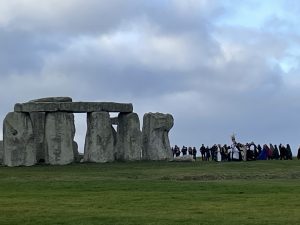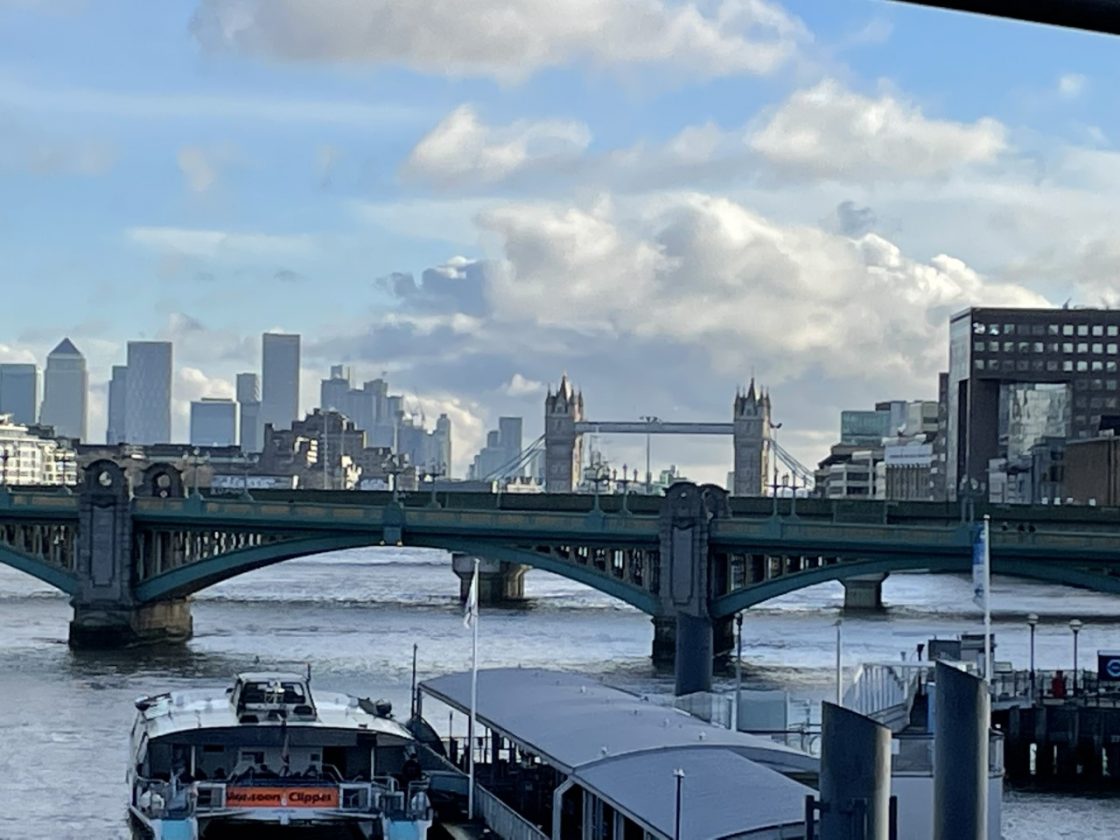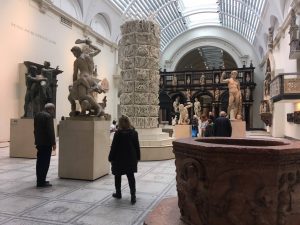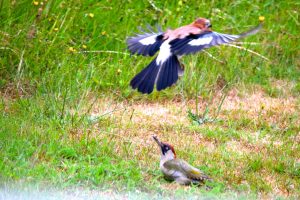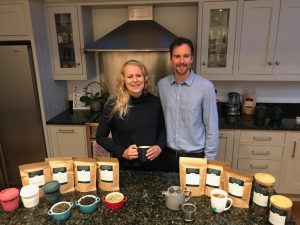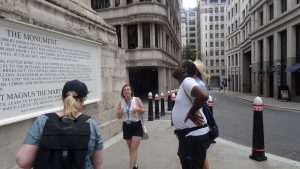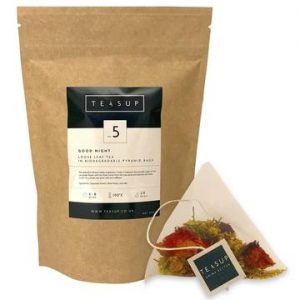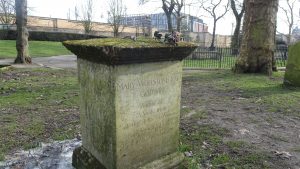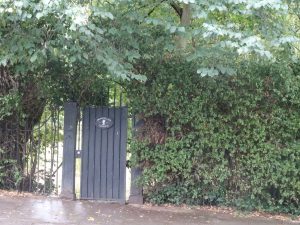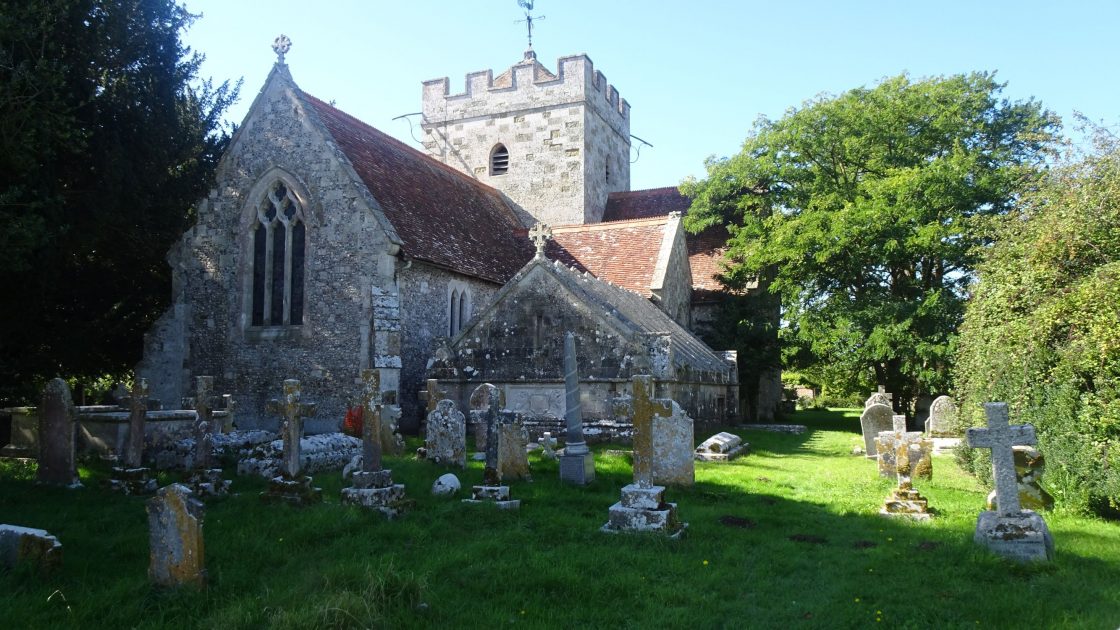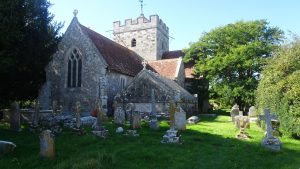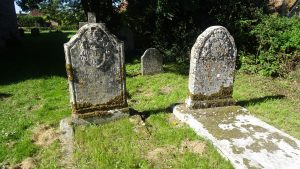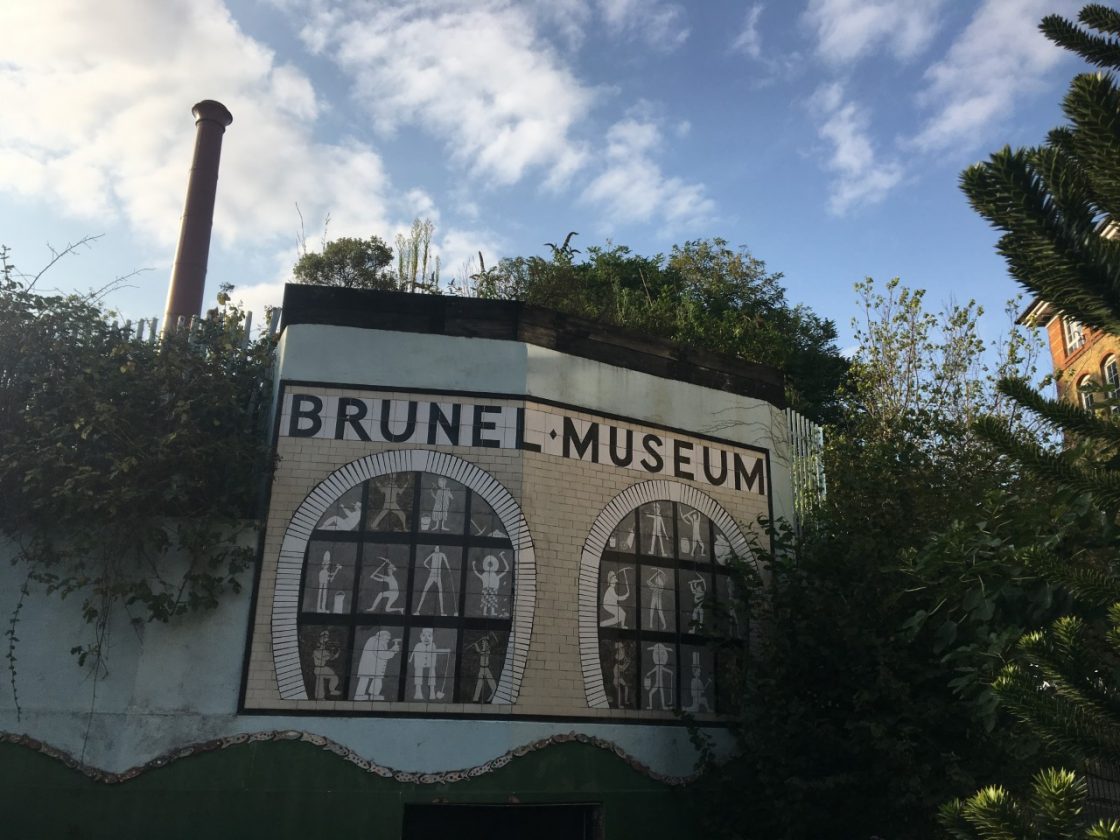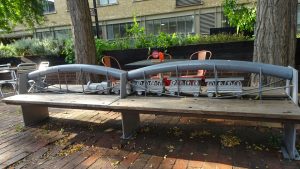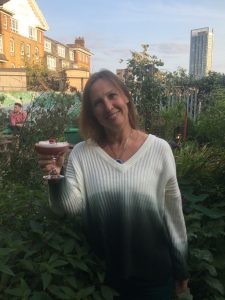The Welsh Capital is an ideal place for a daytrip from London or as a base for your adventure in Wales. It is a mere 2 hr train ride from London Paddington. Cardiff is rich in history , home of a first-class art collection , a unique folly castle and vibrant musical and cultural scene . The city is a also a pioneer in sustainability.
How to get around
It is easy to get around. You can explore the city centre on foot and there are buses or a boat from Bute Park to Cardiff Bay. At the beginning of 2022 a fleet of 36 Yutong E12 zero-emission buses electric buses were launched in the city . These buses travelled on several route to help improve the air quality of the most polluted streets. They make the city less noisy and less polluted too.
Attractions & Culture
Principality Stadium
The National religion is rugby .
Watching a game in the stadium and experiencing its unique and wonderful atmosphere with loads of singing is a must ! The building itself The building itself is the UK’s first certifiably sustainable event stadium. It uses computer-controlled LED lighting systems, harvests rainwater and re-uses soil and grass turf. The best place to watch a Rugby game in the world !

Senedd Building
The home of the Welsh Parliament was built by the starchitect Richard Rogers, who is famous for his Pompidou centre in Paris and Lloyds building in London. Welsh slate steps bring the visitors to the entrance . The Assembly’s debating chamber contains a funnel that introduces daylight to the space while a wind cowl draws in fresh air. The design of the building also includes a heat pump, which uses the temperature of the earth for heating and cooling. Isn’t that incredible ?

Welsh Millennium Centre
Home of the Welsh National Opera . My absolute favourite building in Cardiff. The building materials used represent Wales’ industrial history . I am amazed by the creativity of the architect .They worked with Joju Solar to install solar panels that produce enough electricity to power the stage activities of the 1,900-seated Donald Gordon Theatre each year.
each year.

National Museum of Wales
From Dinosaurs to one of Europe’s finest collections. Five hundred years of magnificent paintings, sculptures silver and ceramics from Wales and across the world. You can enjoy works of Turner, Monet, Rodin, Van Gogh and leading Welsh artists such as Richard Wilson, Thomas Jones, Augustus John and Gwen John.My favourites in the museum are the contemporary interpretation Reframing Picton Project , the series of portraits of Francis Crawshay’s workers and Mary Lloyd Jones contemporary paintings.
.
Male choirs
Wales is also known as the land of songs .Male voice choirs are an old tradition in Wales . Did you know that you can experience their rehearsals in Cardiff ? We can d arrange for you to attend a rehearsal when touring with us.
Food
Something Fishy is going on here !
Cardiff is among the first cities to be recognised as leaders of the UK’s Sustainable Food Cities network. Cardiff signed a sustainable fish city pledge which impacts on the whole of Wales.
Meat lovers had to the Pasture !!
The Pasture Restaurant group secure a 3* ‘Food Made Good’ Rating from the Sustainable Restaurant Association (SRA) – making them the first independently owned restaurant in Wales to achieve the respected accreditation*.
Heaneys
Tommy Heaney fine-dining chef likes to change his menus on a regular basis to work with all the seasonal fresh produce daily.
.
Neighbourhood Kitchen
A rotating , seasonal menu. Never the same . Local brew, local beans, local businesses. They love making partnerships with local suppliers. Tiny very friendly place, delicious food and friendly atmosphere.
Crumbs kitchen at the Market
Family run business born out of of a passion for cooking vegan and vegetarian food made from the finest and freshest organic ingredients.
The Classroom – a hidden gem
On the top floor of the Cardiff and Vale College, this fantastic modern-European restaurant is run by the college students. The menus change with the season — sourcing high quality ingredients with a focus on regional Welsh produce. All dishes are prepared from scratch — including the bread freshly baked each day in their own in-house bakery.
Gateway to the great outdoors
Easy access to Wales Coastal Path, Brecon Beacons National Park or you can walk the Taff trail from Cardiff . It was only 40 years ago that the river was declared officially dead due to the heavy industry in the area..Today Taff is a transformed river that supports thousands of invertebrates and sightings of dipper, grey wagtail and even kingfishers are relatively common.
the elusive otter has returned to the river and can now be found in Cardiff Bay too . The trail is 55 miles from Cardiff Bay to Brecon Beacons.
If you are in London why not hop on a train with us for a visit to this wonderful city . You can tour with us with little to no carbon footprint and give back to the places you visit?






